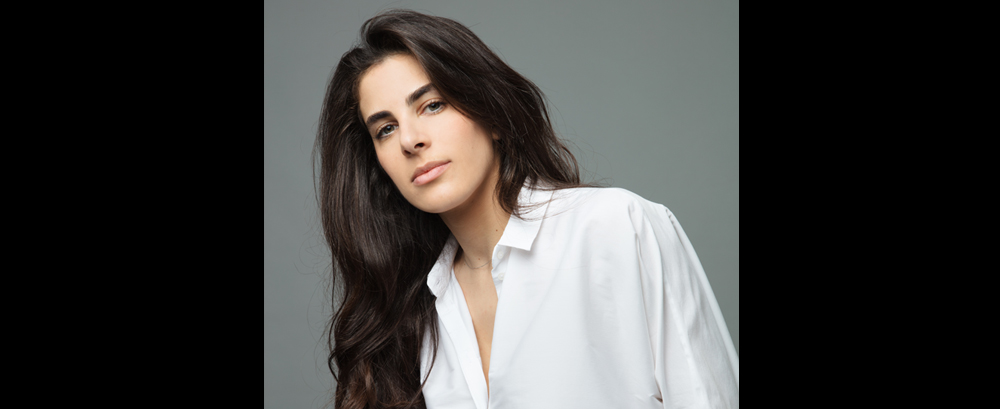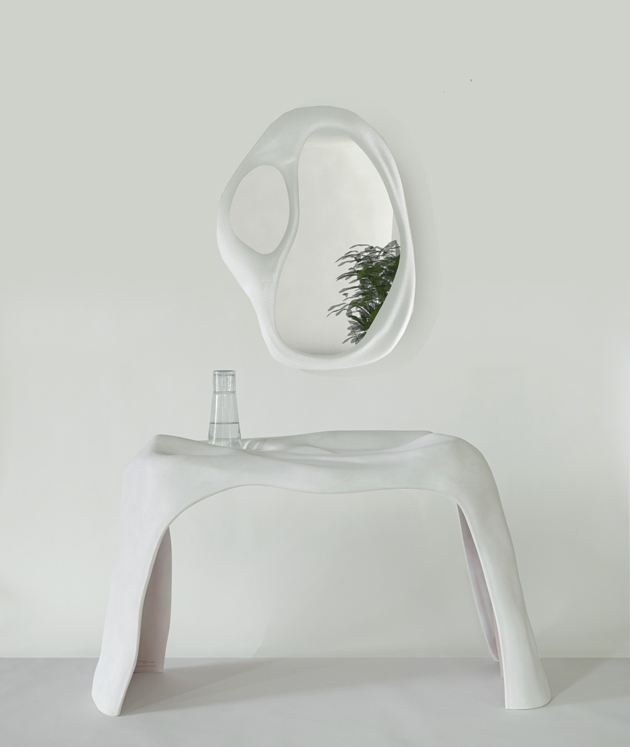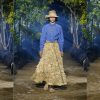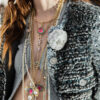Architect and designer, Roula Salamoun creates contemporary and modern design objects. From September 19, 2019, until the 22nd, she exhibited her creations at Beirut Design Fair. Modern, minimalistic and ethereal, her products with anthropomorphic shapes, redefine the relation between the human body and the space it occupies.

1- You use original materials in your designs, like high-performance concrete, can you tell us about this material? Is your approach completely innovative?
I have always been interested in materials and experimenting with them. As a practicing architect, my approach to materials is unbound; I think of the project, the design intent, and accordingly, what material could achieve both needs and intentions. The use of this material for design products is surely innovative as it is relatively new, particularly in this field. It allows for a high-quality finishing which is a key for design products.
2- Your anthropomorphic designs are rather minimalistic, what is their impact on the Lebanese decorative scene?
The products have been very well received; I believe due to their disruptive nature. The material and color make the pieces abstract and minimal as you say, yet the unexpected shapes are quite intricate and can be freely interpreted and appropriated by each person. I think that the combination of both makes these products a fresh addition to an interior.

3- Is it your first participation in Beirut Design Fair? Why did you decide to participate?
After participating in House of Today’s Design Biennale last year, for which I designed the Anatomy console, the natural thing was to continue the collection with a mirror. Beirut Design Fair was the perfect place to showcase the collection. Beirut Design Fair has a wide audience of design and art lovers, the fair organizes events and conferences in the field which make it an auspicious environment.
4- Have you worked on some traditional Lebanese houses, or you work only on modern projects?
Architecture is about developing specific solutions that are site and context-specific and adapt to the client’s brief. Although the projects I have designed are mostly contemporary I would love to work on the renovation of a traditional Lebanese house. It would be a great opportunity to spread the qualities of such spaces and typology.

5- How would you convince your clients to adopt one of your decorative items in their interior?
It is essential that the client appreciates the products to start with, then, sharing the story and the design process behind the collection surely plays a role as they are quite unique. The products derive from an iterative casting technique taken from different bodies, infusing in our environment anthropomorphic landscapes. Finally, the pieces and their material experienced up close speak for themselves. Interview Conducted by Rita Saadé








